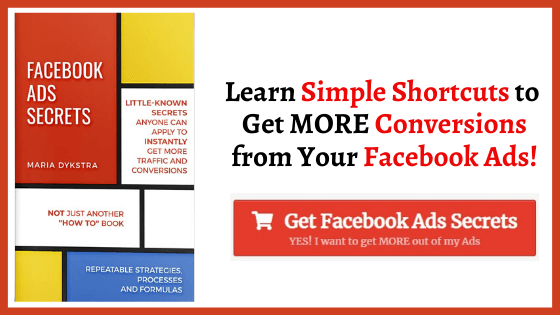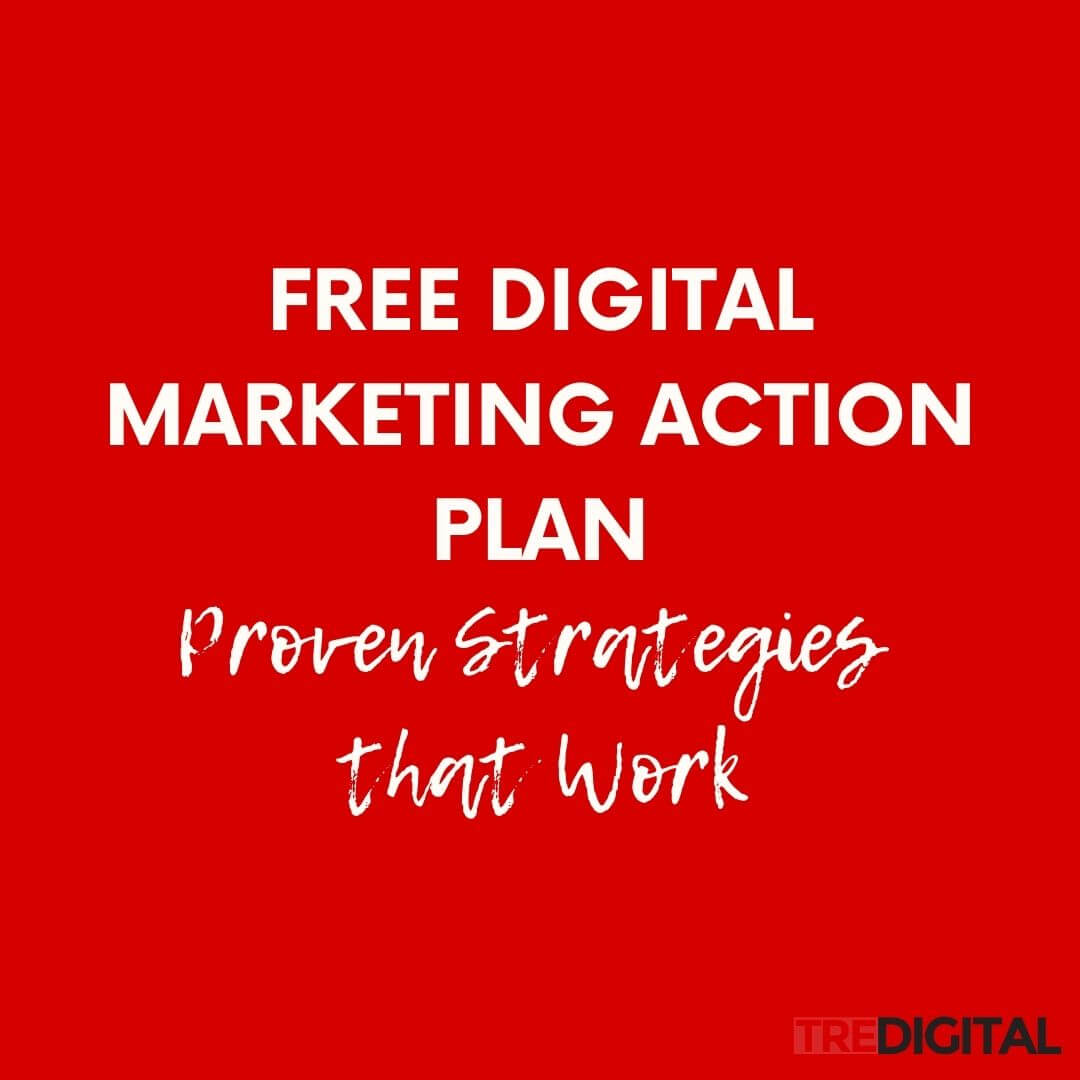We all hear of the amazing overnight success stories such as 4 Hour Work Week. While Tim Ferriss forever changed the way publishing industry views indie authors, he also created the perception that becoming an international bestselling author is quite easy.
True, publishing a book is a lot more accessible now. It doesn’t mean marketing a self-published book is easy. In fact, it can and will become a full time job.
As a general rule, you should think of a published book as a marketing investment than a direct revenue-generating move. More importantly, you should start the marketing process well before you publish your book. We recently published our own Twitter ABC book.
Here are the 7 critical steps for marketing a self-published book we created for our promotional strategy.
Table of Contents
ToggleWRITE ABOUT YOUR TRADE
Your book should describe your “secret sauce” and your expertise. Think of it as an extension of your marketing brochure and your website, not as your memoirs. You can write those once you retire.
If you struggle with writing in general, writing about topics you know well will improve your chances of finishing the book. We wrote a recent blog on how we completed a book in 2 weeks.
CREATE “LANDING” PAGE
Your book must have a “virtual” home. It is safe to assume that most non-fiction authors already have a website for their business. Your book should have a prominent location on your site.
Our recommendation is to create a dedicated page using one of the third-party landing page providers. Unbounce.com is our current favorite third party for landing pages. Create this page long before your book is published. Just add a “coming soon” note and start collecting leads (more on that below).
TEST, MEASURE AND OPTIMIZE EVERYTHING
The main goal of marketing is to get results. This means that you need to be testing and measuring everything. There are a few easy ways to test title, messaging, and audience.
For example, you can create several versions of the origial landing page with different messaging and measure audience engagement with each version (Unbounce.com provides you with a very simple way to create A/B tests).
Another way to test whether your message is resonating is to run a Facebook ad campaign. Create several ads with different messaging in each. Track performance for each of them. The ones with the higher clicks and conversion rates will indicate better messaging.
GROW YOUR MAILING LIST
For every book sold on Social Media, 5 are sold through email list. If you do not already have an email list, you should establish it now.
Choose of of the top service providers for email. Mailchimp provides free option and is a fairly robust program. GetResponse and Aweber have great auto responder capabilities. You will need to create a compelling offer for your web visitors. The offer will entice your readers to give away their email address. Once you have the offer in place, the email management systems will help you build relationships with your readers.
— USE SOCIAL MEDIA (ESPECIALLY TWITTER) TO BUILD RELATIONSHIPS.
Social Media is an amazing PR mechanism. Twitter provides an opportunity for anyone to directly engage with top influencers in your focus right from the comfort of home.
It allows people to “listen” to topics that are important to their readers. We use Social Media listening tools, such as Hootsuite, to schedule posts and monitor conversations.
CREATE CONTENT STRATEGY TO DRIVE SALES.
Most non-fiction authors already have a blog. However, very few use it effectively.
Experts will tell you that a solid content strategy must have an editorial calendar included in it. The calendar is focused on the main topics relevant to the book topic.
There are also distribution and promotional plans for content (i.e. writing a blog is not enough, you have to remember to share and promote it). Furthermore, every piece of content should have a purpose. For example, are you writing your blog to give away free content in exchange for leads?
We have created various templates that we use for our editorial calendar and content strategy.
ESTABLISH GOOGLE AUTHORSHIP
Establishing Google Authorship is one of the first most important steps in promoting your book. It will have a huge impact on how well your content is ranked in the search results. As a bonus, it will also contribute to improving your online credibility.
MAKE YOUR BOOK EASY TO DISCOVER
Do you know where your readers find books on the topic that you are writing about? If the answer is “no”, you should definitely do research on it.
Participating in Quora discussions is a great way to get your name out there. Your goal is not just to list your book in as many groups, directories, etc. as you can possibly manage. Rather it is to target the places where YOUR readers will find you. Also remember to create and optimize your Amazon Author Page (Hint: it is not the same as your book page on Amazon).









